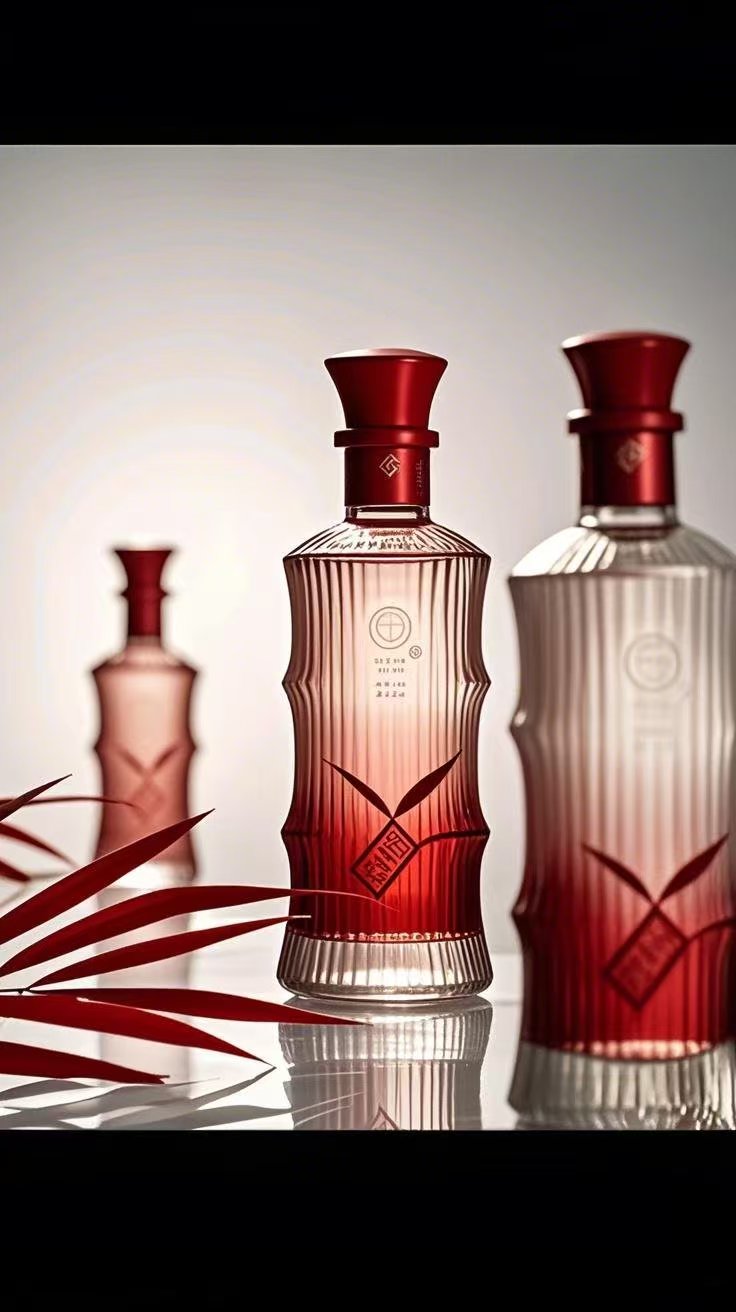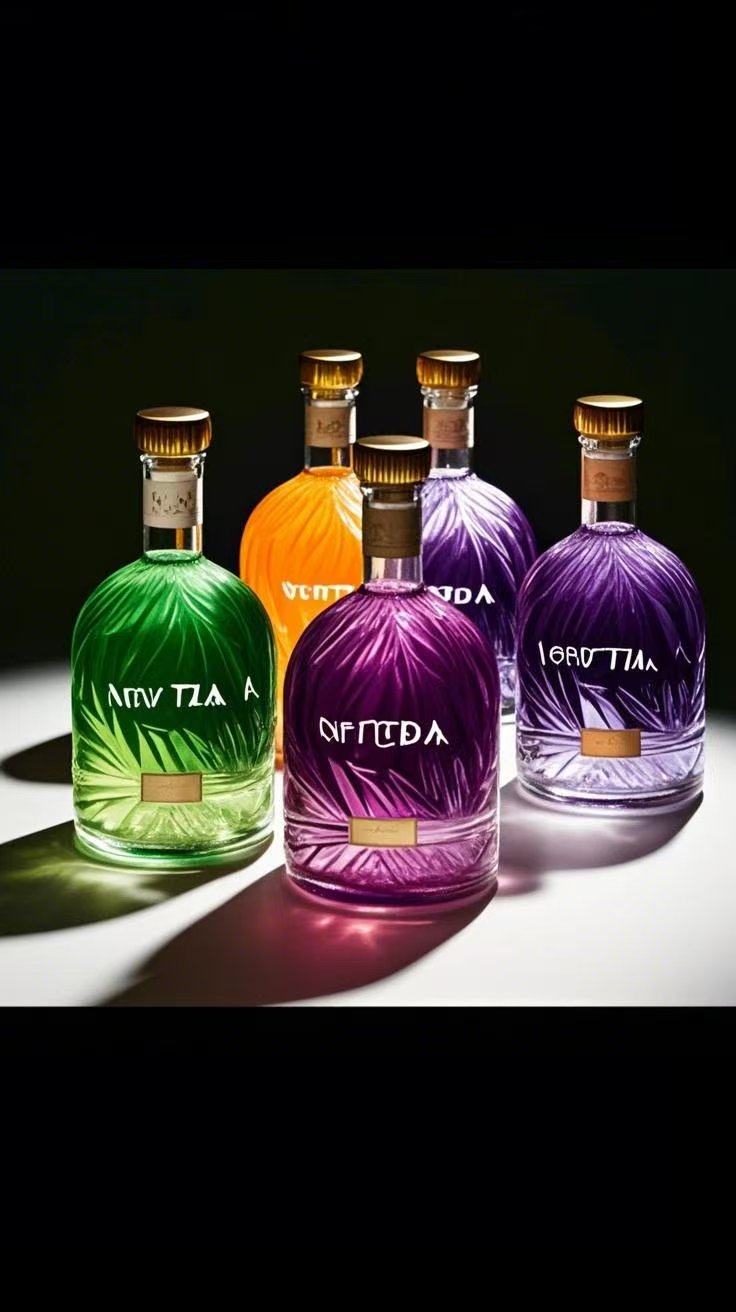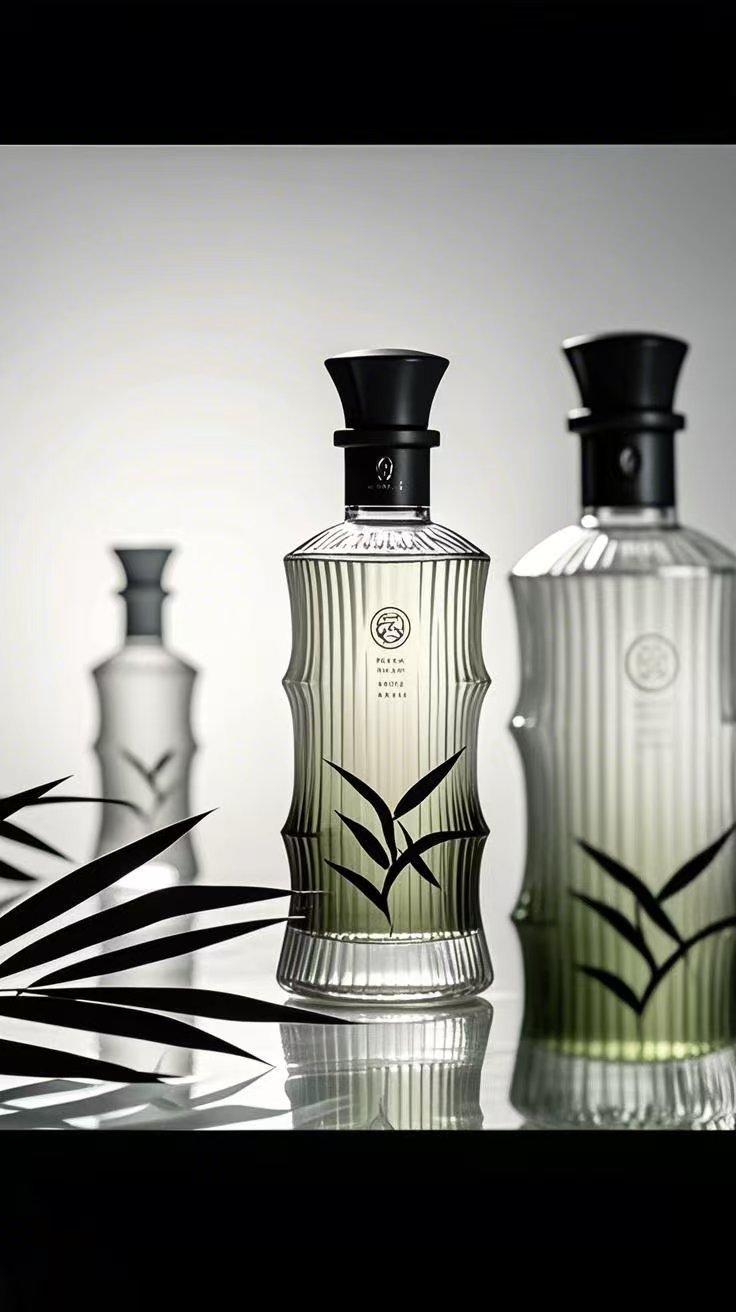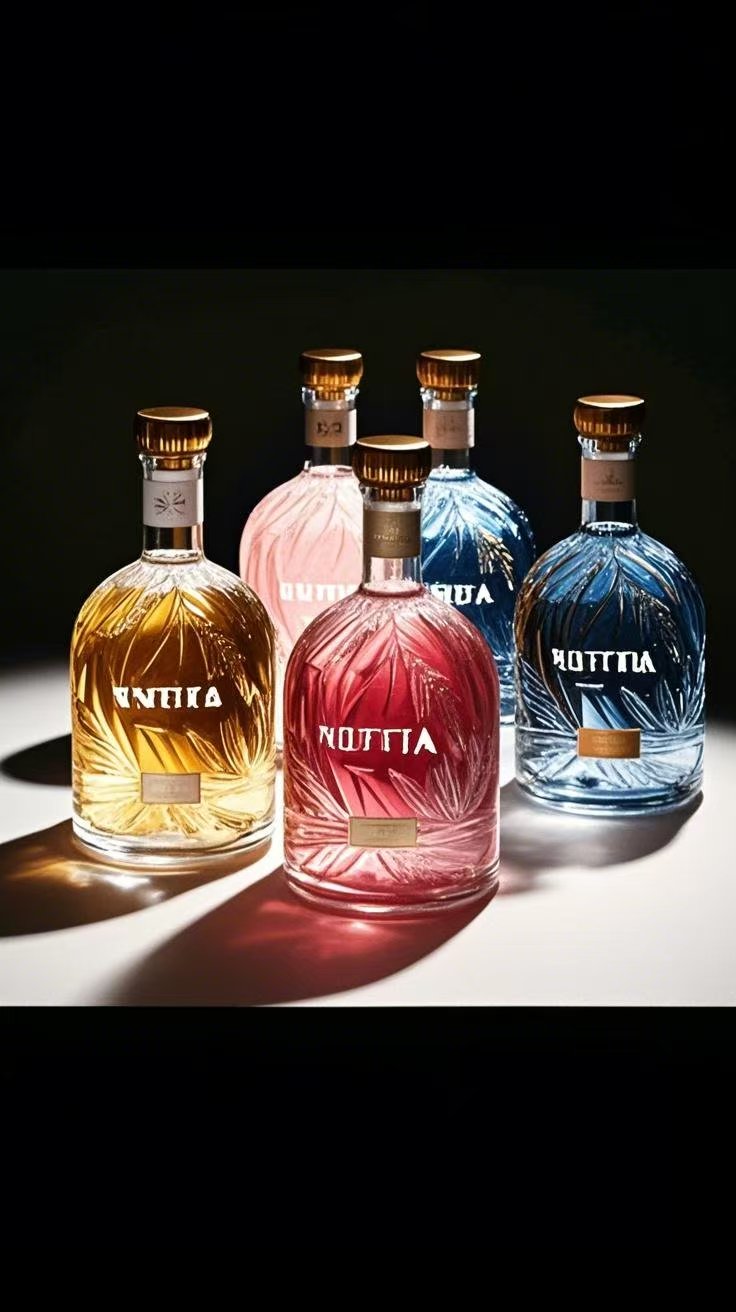The way spirits are stored significantly affects their taste, aroma, and flavor stability. Scientific storage can better preserve and even enhance their quality. Here are the key storage points to help improve the taste of spirits: 1. Control the ambient temperature: Avoid drastic fluctuations - Core principle: Constant temperature (15-20°C is optimal), avoid light, and keep away from heat sources. Excessively high temperatures will accelerate alcohol evaporation and oxidation of the wine, leading to loss of aroma and a rough taste; excessively low temperatures (such as below 0°C) may cause some components in the wine to precipitate, affecting the harmony of the taste; frequent temperature fluctuations will cause the air inside the bottle to expand and contract with heat and cold, accelerating the aging of the seal and oxidation of the wine. - Note: Do not place spirits in areas with unstable temperatures such as kitchens (near stoves), windowsills exposed to direct sunlight, or air conditioning vents. 2. Maintain moderate humidity: Protect the cork and seal - Humidity recommendation: The ambient humidity is best controlled at 50%-70%. For spirits sealed with natural corks (such as whisky, brandy, etc.), moderate humidity can prevent the cork from drying and shrinking, avoiding air from entering the bottle and causing oxidation; if the humidity is too low (such as below 40% for a long time), the cork will harden and crack, leading to evaporation and deterioration of the wine; if the humidity is too high (over 80%), it may cause mold on the label, affecting the appearance (it has little impact on the wine itself, but avoid direct contact of the bottle with damp surfaces). - Tips: If the environment is dry, place a bowl of water or a wet towel in the storage area; in humid areas, pay attention to ventilation to prevent the bottle from getting damp. 3. Placement posture: Adjust according to the type of cork - Natural cork closure: It is recommended to place horizontally or slightly tilted. The purpose is to allow the wine to come into contact with the cork, keeping it moist and swollen to enhance the seal. Such wines are common in high-end whiskies, brandies, aged rums, etc. - Synthetic cork/screw cap closure: Can be stored upright. Synthetic corks and screw caps have strong sealing properties and are not easily affected by dryness. Upright placement will not cause sealing problems, and can also reduce long-term contact between the wine and the cork (especially for spirits with high alcohol content, to avoid trace substances in the cork seeping into the wine and affecting the flavor). 4. Store away from light: Prevent decomposition of flavor substances - Harm of light: Ultraviolet rays and strong light will accelerate the decomposition of organic compounds (such as esters, phenols) in spirits, leading to faded aroma and "light aging taste" (similar to the smell of sun-exposed oil, which has a significant impact especially on light-colored wines such as whisky and gin). - Measures: - Place spirits in a light-proof wine cabinet, cupboard, or special wine box; - Dark glass bottles (such as dark brown, dark green) have a certain light-proof effect, but long-term exposure to strong light should still be avoided; spirits packaged in transparent glass bottles need stricter light protection. 5. Reduce movement and vibration: Maintain the stability of the wine - Frequent movement or violent vibration will cause uneven mixing of components in the wine, which may affect the harmony of the flavor in the long term (especially for aged spirits, where the sediments and flavor substances need a stable environment to maintain balance). - It is recommended to place the spirits in a fixed position, avoid frequent handling or shaking, and only take them out when drinking. 6. Seal integrity: Prevent alcohol evaporation and oxidation - Post-opening treatment: - Tighten the bottle cap (or cork) as soon as possible for unfinished spirits to reduce air entry; - If there is leakage at the bottle mouth or the seal is loose, replace it with a suitable bottle stopper (such as a silicone stopper), or pour it into a smaller glass bottle (to reduce the amount of air in the remaining space of the bottle). - Note: Even if well-sealed, opened spirits will gradually change due to slow oxidation (such as a softer aroma, but long-term storage may lose layering). It is recommended to finish drinking within 1-2 years after opening, especially for spirits with lower alcohol content (such as below 40 degrees), which oxidize faster. 7. Special precautions for different types of spirits - Whisky/Brandy/Rum (distilled spirits): These wines have high alcohol content (usually above 40 degrees) and strong stability. They can be stored for a long time (decades or even longer) when unopened, and their flavor will age slowly over time (but the effect is far less obvious than aging in oak barrels, more "maturation" rather than "appreciation"). After opening, they need to be sealed according to the above methods to avoid aroma loss. - Vodka/Gin (neutral spirits): The flavor is relatively pure, mainly relying on the distillation process. Long-term storage has limited improvement on the flavor. The key is to prevent evaporation and oxidation. It is recommended to finish drinking within 1 year after opening. - Flavored spirits (such as liqueurs): Some contain sugar, spices and other ingredients, with slightly poor stability. They need to be refrigerated (but avoid freezing) after opening and should be drunk as soon as possible (usually within 3-6 months) to prevent flavor deterioration. 8. Avoid the misunderstanding of "excessive aging" - Unlike wine, most spirits have basically stable flavors after bottling and will not continue to develop significantly in the bottle like wine (except for a very small amount of high-year, specially crafted spirits). Long-term storage (especially after opening) will not make them "more fragrant as they age", but may cause flavor decline due to slow oxidation. Therefore, there is no need to blindly pursue "long-term storage". The focus is to store them in the correct way within the best drinking period. Summary The core of spirit storage is "stability" - constant temperature, light protection, humidity control, sealing, and less movement. Doing these well can not only retain the original aroma and taste layers but also avoid flavor deterioration caused by improper environment. For wine lovers, reasonably planning the drinking rhythm and enjoying it in the best state is the key to tasting spirits.










